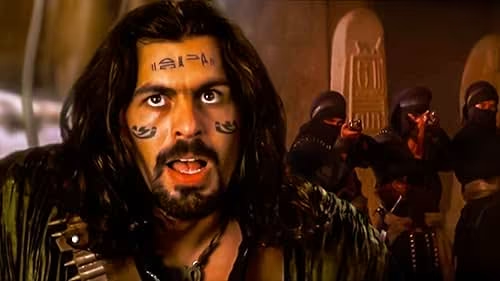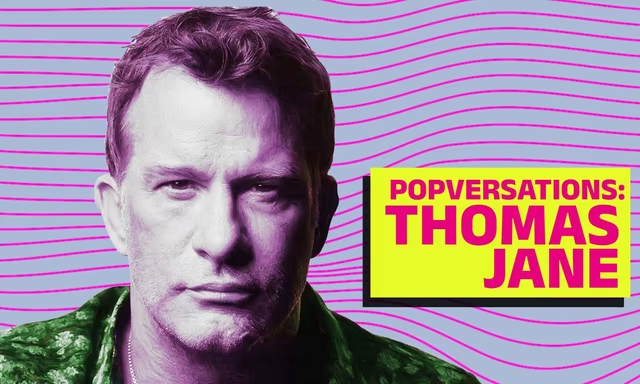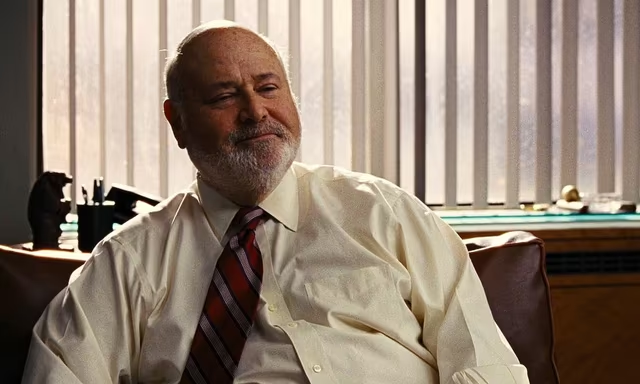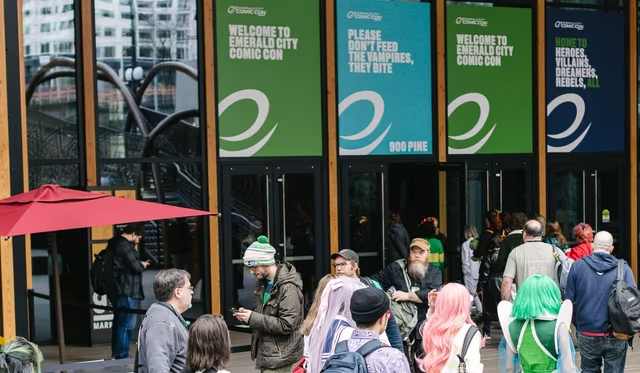If you click on a link and make a purchase we may receive a small commission. Read our editorial policy.
How Dragon Ball Super: Super Hero fits in the larger story of the franchise
A primer to help casual Dragon Ball fans understand Dragon Ball Super: Super Hero’s placement in the franchise

38 years since Akira Toriyama first created the iconic Dragon Ball franchise and the multimedia empire remains as perennially popular as ever. In addition to its best-selling manga series, Dragon Ball has spawned numerous anime adaptations, a line of video games, and a whole bevy of merchandising.

The latest iteration of the franchise is the continuation series Dragon Ball Super, which saw a concurrent manga and anime launch in 2015. Though the anime series concluded in 2018, the manga has continued beyond the events of the television show, with the anime feature film Dragon Ball Super: Super Hero serving as a canonical follow-up. Here’s everything you need to know how the movie fits in the grander (And occasionally convoluted) Dragon Ball continuity.
What Dragon Ball Super: Super Hero is about
Dragon Ball Super: Super Hero features the return of the Red Ribbon Army, the paramilitary organization that franchise protagonist Goku single-handedly dismahttps://www.amazon.com/Nimbus-Speed/dp/B012S1VTRG/ntled in the original Dragon Ball series. After a failed attempt at revenge in Dragon Ball Z, the syndicate is back in Super Hero with a mysterious new benefactor. Among the resurgent Red Ribbon’s revenge tactics this time is kidnapping someone close to the Z Fighters while unveiling two new, powerful androids to challenge the heroes directly..
In contrast to the last several anime films, Gohan and Piccolo are expected to play a more central role in Super Hero’s story, with Piccolo unveiling a new combat transformation. Gohan’s daughter Pan is similarly slated to appear prominently in the movie after being absent from the previous film, Dragon Ball Super: Broly. This is a welcome change-up from much of the Dragon Ball Super era being primarily fixated on Goku and his longtime frenemy Vegeta, often at the cost of other characters being relegated to the sidelines.
How Dragon Ball Super: Super Hero follows the anime
Dragon Ball Super is set within the ten-year period towards the end of Dragon Ball Z, between Goku’s defeat of Majin Buu and an epilogue set during the 28th World Martial Arts Tournament. The Dragon Ball Super anime series ended six years after Buu’s defeat, with Goku and his friends successfully representing their universe in the high stakes Tournament of Power against rival realities in the Dragon Ball Multiverse.
Shortly after the Tournament of Power, the 2018 anime film Dragon Ball Super: Broly saw Goku and Vegeta battle the long-lost Legendary Super Saiyan Broly, who had since been recruited as a lackey for a resurrected Frieza. By the end, Broly was defeated and befriended Goku, who volunteered to train with him, while Frieza retreated back to his empire in deep space.
Super Hero takes place some time after the events of Broly, with Broly resurfacing in the film and Goku’s granddaughter Pan visibly older than she appeared in the Dragon Ball Super anime series as are Goku and Vegeta’s Super Saiyan sons Trunks and Goten who will both be portrayed as teenagers.
How Dragon Ball Super continued its story with its manga roots

One of the bigger continuity questions is how exactly the manga series fits into the canon of the anime and its subsequent continuation films. The Dragon Ball Super manga is written and illustrated by Toyotaro, with Toriyama overseeing the creative process and contributing plot outlines. As with the Dragon Ball and Dragon Ball Z before it, there are major differences between the manga and anime series though the overarching story remains largely intact.
There are currently two manga storylines set in an indeterminate amount of time after the events of Broly. During these stories, Goku masters his Ultra Instinct combat transformation while Vegeta develops the Ultra Ego combat transformation after gaining the divine energy of a God of Destruction. With Pan, Goten, and Trunks all relatively closer in age to the Dragon Ball Z epilogue, as seen in promotional material for Super Hero, the new movie presumably takes place after these two manga stories in a relatively uncharted period for the timeline.
What Dragon Ball Z’s epilogue means for Super Hero

Pan is three years old during the events of Super Hero, meaning the movie takes one to two years before the 28th World Martial Arts Tournament which concluded Toriyama’s original story. This placement in the timeline also indicates that many of the franchise’s main characters should make it through the events of Super Hero in one piece despite the higher stakes and new, formidable villains introduced in the movie.
One of the more curious aspects of Super Hero is Gohan actively keeping up with his martial arts training, even going as far as to wear Piccolo’s training gear in the film. The Dragon Ball Z epilogue heavily implied that Gohan had given up his dedication towards fight training in favor of focusing on his growing family and career, establishing something of a discrepancy for his character arc in the wider story.
Akira Toriyama Plays a Major Creative Role

Compared to the non-canonical Dragon Ball GT and the vast majority of the previous anime films, which did not feature Toriyama’s direct involvement, Dragon Ball Super has boasted Toriyama taking on a much more active creative role. Toriyama served as a creative consultant on both the Dragon Ball Super manga and anime series, while he has written the screenplay for all the anime films since 2015’s Dragon Ball Z: Resurrection F.
Toriyama continues to hold this distinction as the screenwriter for Super Hero, as well as providing character designs for the film. Super Hero also marks the first film in the franchise that employs a CG animation style rather than the classic, hand-drawn animation.
This heightened involvement underscores Super and its accompanying continuation films as being regarded as part of the franchise’s officially recognized canon, in contrast to Dragon Ball GT and other projects, being dismissed as out of continuity due to Toriyama’s absence in playing a direct role in their production.
With Toriyama back helming the franchise he created over 30 years ago, Dragon Ball fans can expect Super Hero to not only add a new, canonical adventure into the enduring franchise but one borne from the vision of its original progenitor.
Directed by Tetsuro Kodama from a screenplay written by Akira Toriyama, Dragon Ball Super: Super Hero was originally set to premiere in Japan April 22 before being delayed by a hack at Toei Animation. The film subsequently opened in Japanese cinemas on June 11, with a global release beginning in August 2022, including a U.S. release on August 19.
Read a full recap of Dragon Ball Super: Super Hero's SDCC panel.
Follow Popverse for upcoming event coverage and news
Find out how we conduct our review by reading our review policy
Let Popverse be your tour guide through the wilderness of pop culture
Sign in and let us help you find your new favorite thing.
















Comments
Want to join the discussion? Please activate your account first.
Visit Reedpop ID if you need to resend the confirmation email.